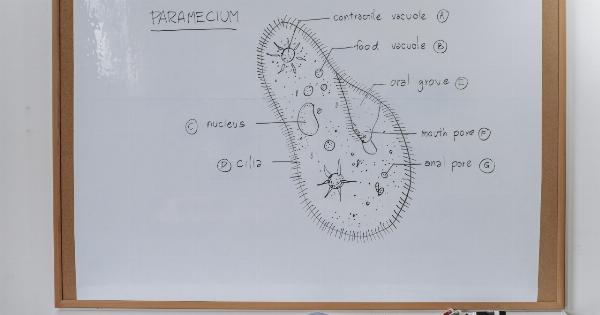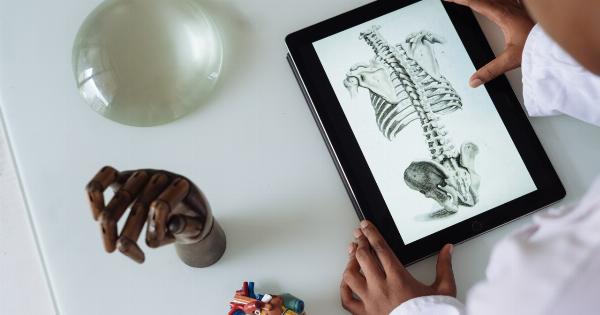Uterine fibroids are noncancerous growths that develop in the uterus. While they are common and usually harmless, they can cause a range of symptoms and complications.
In this guide, we will discuss the symptoms of fibroids, different types of fibroids, and available treatment options.
Symptoms of Fibroids
Fibroids often do not cause any symptoms, and women may not even be aware that they have them. However, in some cases, fibroids can cause discomfort and affect a woman’s quality of life. The most common symptoms of fibroids include:.
- Heavy or prolonged menstrual periods
- Severe menstrual cramps
- Pelvic pain or pressure
- Frequent urination
- Difficulty emptying the bladder completely
- Constipation or bloating
- Lower back pain
- Painful intercourse
If you experience any of these symptoms, it is important to consult a healthcare provider for an accurate diagnosis.
Types of Fibroids
There are different types of fibroids, classified based on their location within the uterus:.
Subserosal Fibroids
Subserosal fibroids develop on the outer wall of the uterus and can grow to be very large. They may cause pelvic pain or pressure and can put pressure on the bladder or rectum, leading to urinary or bowel problems.
Intramural Fibroids
Intramural fibroids are the most common type and develop within the muscular wall of the uterus. They can cause heavy menstrual bleeding, pain, and pressure in the pelvic region.
Submucosal Fibroids
Submucosal fibroids grow just beneath the lining of the uterus and can protrude into the cavity. They are associated with heavy or prolonged menstrual bleeding and can increase the risk of miscarriage or infertility.
Pedunculated Fibroids
Pedunculated fibroids are attached to the uterus by a stalk, and they can either develop inside or outside the uterus. Depending on their location, they can cause pain or discomfort.
Treatment Options
The treatment for fibroids depends on the severity of symptoms, the size and location of the fibroids, and the woman’s desire for future fertility. Here are some common treatment options:.
Watchful Waiting
If fibroids are small and do not cause significant symptoms, watchful waiting might be recommended. Regular check-ups and monitoring for any changes in the fibroids will be necessary. If symptoms worsen, alternative treatments may be explored.
Medications
There are several medications available to help manage the symptoms of fibroids:.
- Nonsteroidal anti-inflammatory drugs (NSAIDs) can help relieve pain and menstrual cramps.
- Birth control pills or other hormonal contraceptives can help regulate the menstrual cycle and decrease heavy bleeding.
- Gonadotropin-releasing hormone agonists (GnRH agonists) can temporarily shrink fibroids by blocking the production of estrogen and progesterone.
Noninvasive Procedures
If medication is not effective or symptoms are more severe, noninvasive procedures may be recommended:.
- Uterine artery embolization (UAE) involves blocking the blood supply to the fibroids, causing them to shrink.
- Magnetic resonance-guided focused ultrasound surgery (MRgFUS) uses high-intensity ultrasound waves to heat and destroy the fibroid tissue.
Surgical Interventions
If fibroids are large, cause severe symptoms, or affect fertility, surgical interventions may be necessary:.
- Myomectomy is a surgical procedure that removes the fibroids while preserving the uterus. This option is suitable for women who wish to conceive in the future.
- Hysterectomy involves the complete removal of the uterus. It is a permanent solution that ends menstrual periods but also prevents future fibroid growth.
Conclusion
Living with fibroids in the uterus can be challenging, but various treatment options are available to help manage symptoms and improve quality of life.
If you experience any symptoms associated with fibroids, it is vital to consult with a healthcare professional to determine an appropriate treatment plan tailored to your specific needs.


























